The History of Energy part three: The big energy steps
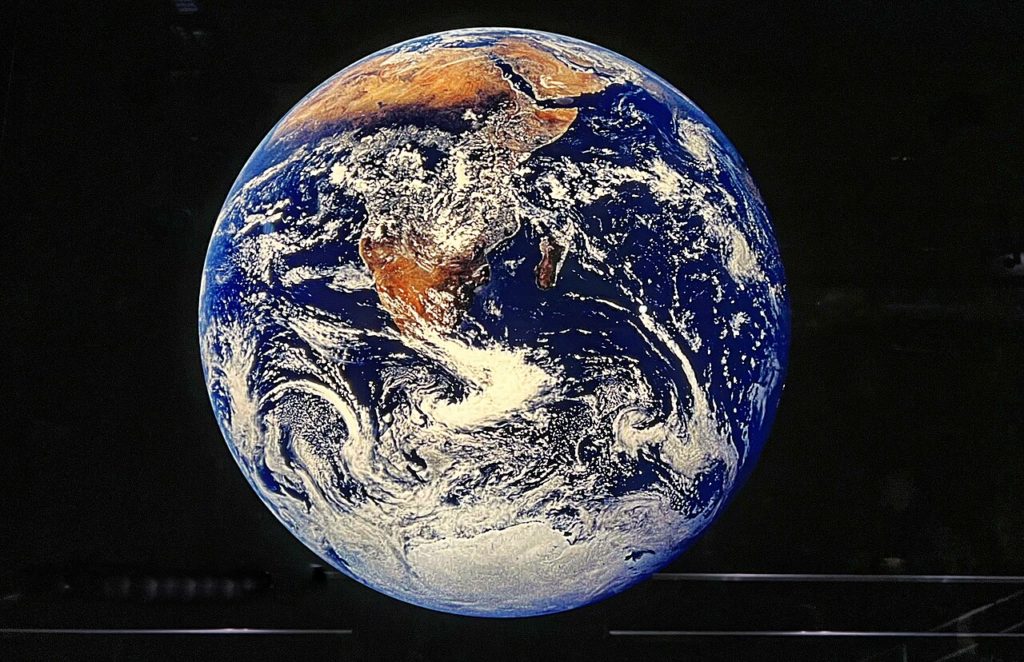
Gareth Wyn Jones
We are pleased to continue the series in which Gareth Wyn Jones, Professor Emeritus of plant biology and bioscience at Bangor University considers the history of energy and asks what lessons it holds for today’s world.
It’s worth recalling Vaclav Smil’s comprehensive statement paraphrased as ‘everything damn thing depends on energy transformations’.
Given this basic principle, it is hardly surprising that, during our Earth’s 4.5 billion year history, some major step-changes in such energy transformations can be identified.
These revolutions have not only defined the trajectory of life on Earth, but also caused huge and, at times, catastrophic changes in the chemistry of the Earth’s atmosphere and oceans, even its geology.
Patterns
I will mention very briefly six major revolutionary steps while acknowledging other possible candidates and, importantly, recognising that a myriad of smaller energy step changes can be identified.
My purpose in these articles is not to analyse the science, be it physical, biological or social, but to highlight the patterns that emerge.
These, I argue, have led to our species dominating this planet and, in all likelihood, we are following a disastrous pathway and embracing a dangerous vision.
The first of these energy revolutionary changes is of course the appearance of life itself. Evidence for the first living cells dates to about 3.8 billion [thousand million] years ago.
How the first living cell arose is, as might be expected, the subject of much, fraught controversy and I will only emphasise one, albeit fundamental, aspect.
A cell, the most fundamental unit of biology, is a prime example of phenomenon I’ve alluded to previously. It is an island of ordered structured complexity, indeed a quite amazingly precise and sophisticated structure, in a sea of a much more limited order.
Quantum mechanics
The famous physicist Erwin Schrodinger – he of quantum mechanics, wave equations and a cat in a box which could be both dead and alive – first proposed that, for any living cell to exist it must tap into a source of energy to create and sustain its internal order.
So a cell or indeed any living organism can be said to have gained order – negative entropy and embedded information – but it does so at the expense of its environment, which becomes more disordered i.e. increases in its entropy.
Crucially, according to the physics, this could have occurred spontaneously provided there was a steady flow available energy.
Life, in turn, has transformed the chemical composition of the Earth’s atmosphere and seas and even much of its geology. Because of this, the planet itself can be seen as a non-equilibrium ‘Gaia’-like, entity.
One exciting outcome is that the search for life in the Universe is, in part, a search of bodies, like Earth, out of equilibrium with their immediate environments e.g. in terms of their atmospheric chemistry.
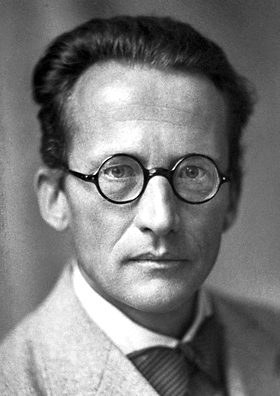
Energy capture
One big issue is where did this initial energy first come from and how was it captured? It had to be geological as at that time there were no organisms such as small plants able to capture the Sun’s radiation i.e. no photosynthesis.
One possibility is the highly alkaline liquids seeping through volcanic vents from deep within the Earth’s crust.
These have been found to percolate through micro-porous material into the early seas or oceans. Such vents create natural and relatively stable gradients of pH, which are sources of energy.
Two points are worth stressing. Firstly, at the very outset, the geochemical energy source must have been realigned into being contained in and exploited by a self-contained, dynamic cell, discretely separate from its environment.
Secondly, my emphasis on energy does not diminish the huge importance of other issues such as how the biochemical components of the first cell were assembled, and especially the origin of DNA and RNA. There is a lot to learn!
Simple cells
Quite extraordinarily from our modern perspective, these ‘simple’, single cells with little visible internal structure were the only life on Earth for about a thousand million years.
These organisms, are termed prokaryotes, and are divided into two distinct ‘domains’ – Bacteria and Archaea. In everyday language we talk of ‘bacteria’ but in recent decades it’s been shown that these simple, organisms, the prokaryotes, come in two types with different internal chemistry.
Both originally depended on geochemical energy and coexisted for about a billion years. Indeed both types of simple celled organisms – ‘both prokaryotic domains’ – still flourish today, including in our bodies.
Then some 2.5 billion year ago a second revolution. Some cells, instead of using energy from geological sources, developed the ability to harness energy from the sun! These were bacteria – called cyanobacteria (or blue green micro-algae).
They developed a capacity to capture a plentiful source of energy; sunlight. We call this process ‘oxygenic photosynthesis’. It traps the energy from the Sun using it to split water [H20] into oxygen gas, protons and electrons.
The last two provide cellular energy and can be used to fix CO2, which existed even in the primaeval atmosphere and capture nutrients. The oxygen gas escaped into the atmosphere. Interestingly the capacity to fix atmospheric CO2 predates the emergence of oxidative photosynthesis – a sequence of events which still has consequences today.
Atmosphere
The evolution of photosynthesis started a process which, over billions of years, has created the atmosphere which we now breath. It also radically changed the chemistry of the oceans and much geology.
The escape of O2 , despite its importance to us in respiration, was an early global ‘pollution” event as oxygen is very reactive and can be highly damaging.
Cells some 2 billion years ago had to evolve chemical mechanisms to live with the growing levels of this highly reactive gas both in the atmosphere and dissolved in the seas.
Oxygen
For several hundred thousand years until perhaps 1.7 to 2 billion years ago, life on this planet remained prokaryotic, including the photosynthetic cyanobacteria, with a very slowing increasing atmospheric level of O2 – creeping up to ~5% (cf. current ~20%).
There then emerges in the geological record clear evidence of a third major revolution. Cells are found with much more complex internal structures – this new domain is termed the Eukaryotes.
They were formed by what appears to be a one off and amazing fusion of an archaean and a bacterial cell – a process called endosymbiosis. The former providing the bulk of a eukaryotic cell and the later, its mitochondria.
Cells in this new domain contained a nucleus and DNA wrapped into chromosomes, and other internal organelles including mitochondria. The latter, small internal organelles derived from a bacterial ancestor, act as power-packs.
Each has retained only a small fraction of its original bacterial genome. Hence such cells have about 1000 times more power per gene and per genome compared with prokaryotes.
‘Busy’ eukaryotic cells can contain as many thousand mitochondria But, as the eukaryotic cells are also larger and of a great mass and complexity, the processes behind this step change remains controversial.
The step began the formation of complex life forms – but it was a long, and laborious process.
Critically all multicellular organisms, be they fungi, trees, lizards or us humans are formed from eukaryotic cells. This unique symbiotic event has transformed the physical complexity, wealth and diversity of life. Notwithstanding this, the biochemical capabilities and diversity of prokaryotes remains wonderous and important.
For hundreds of thousands of years all eukaryotes were single cells – termed protists. Then some 500 to 600 million years ago evidence of multi-cellular organisms is found in rocks, including the recent discoveries near Llandrindod.
The emergence of these diverse organisms which are the ancestral precursors of fungi, plants and animals (and other lines which have disappeared) coincides with a spike in oxygen levels in the atmosphere.
As coupling the breakdown of sugars to oxygen-based respiration increases the energetic efficiency, this may deserve to be called another energy-related step change. But as far as I can judge the matter remains unproven.
Over the next five hundred thousand years or so, evolutionary biology allowed life on Earth to flourish and diversify. Life survived at least 5 major extinction events, periods of snowball earth, major tectonic changes in the distribution of land masses and oceans and numerous ice ages.
Gradually it evolved into the Earth as we know her. We tend to think of the Earth beneath our feet as solid, reliable and unchanging but on longer timeframe it is anything but. It’s amazingly, even scarily, dynamic and unstable.
Our coalmeasures were laid down when this land was tropical and sea shells can be found in rocks high upon on Yr Wyddfa. Only 20,000 year ago Wales was covered in meters of ice.
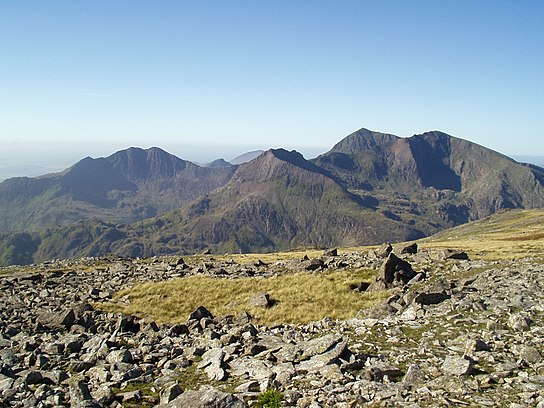
Much more recently three energy revolutions have occurred which have led directly to human dominion over this planet and even a new geological era – the Anthropocene – recognising that our human imprint on planet is seen in its geology!
About 1.8 million years ago (note only million) additional energy was expended on brain development in an early human ancestor, on intelligence and communication skills.
The evolution of this enhanced brain capacity was energised by improved food intake and digestibility, probably helped by cooking, and the assignment of that energy and material to the brain. ‘Brain’ proving over time a much better investment than ‘brawn’.
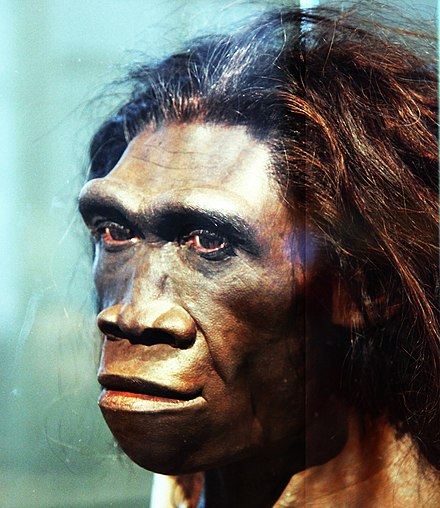
Adult female reconstruction.
Smithsonian, Wsshington D.C
Brainy hominid
We humans are unique among animals in preferentially devoting some 25% of all energy to our brain functions. In all probability this led to greater intelligence, new social interactions, a capacity to assimilate and use information and of course find more and better food – a virtuous cycle.
Amazingly nearly a million year before our arrival, earlier humans, Homo erectus, the first brainy hominid, spread from its African origin to most of this planet. It became an important predator and started the evolutionary processes of leading to us.
By a complex and tortuous path, Homo sapiensemerged about 300,000 years ago: a blink of an eye in ‘Earth time’. As late of 40,000 years ago we shared this Earth with several other Homo species including such Neanderthals with whom we, in Europe, interbred.
Even more recently, starting 10 to 8 thousand years ago as the last Ice Age was receding, a number of agricultural revolutions occurred around the world around the world.
From a European perspective, the most significant was the dawn of agriculture in the Fertile Crescent in West Asia; now mainly in Syria and Iraq. This led to improved food energy supplies which later supported more dense and permanent settlements.
Enhanced production of food calories through agriculture led to the emergence, albeit fitfully, of more complex societies, to record keeping and writing and to the great classical civilizations not only around the Mediterranean, and in China and India but worldwide.
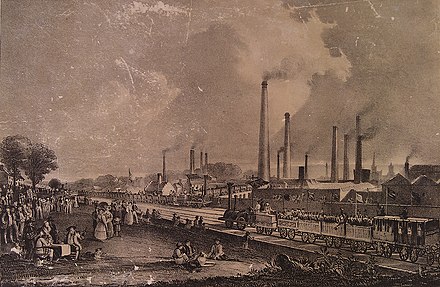
This sequence of energy step changes has culminated in the Industrial Revolution, starting only a little over 200 years ago. This supercharged change by our learning to exploit hydro-carbon fossil fuels for gain more power.
This human exploitation of power combined with global commerce and capitalism and the development of our technical and scientific expertise has been transformational.
It has allowed an extraordinarily rapid increase in numbers of Homo sapiens (about ~300 million in Roman times to currently 8,000 million), together with the growth of urbanization and industrialization.
It also catalysed colonisation, as well as changes in the systems of local and international governance and in economic management. Together they created of our staggeringly complex modern societies. We must also recognise and fear the parallel energizing of our capacity to make war, locally and globally.
In the next article I will consider the ramifications of these six major energy step changes before addressing the lessons for climate change and our futures; an issue ever more urgent as so much of this Earth is now not warming – as we over complacently say – but heating to unprecedented levels, as many will be experiencing personally.
Read all the previous installments of The History of Energy here.
Support our Nation today
For the price of a cup of coffee a month you can help us create an independent, not-for-profit, national news service for the people of Wales, by the people of Wales.







This excellent article is marred by a number of typos. Nevertheless I look forward to reading the next article in the series. It is a pity John Nettleton is not around now to read it to a backdrop of water colour drawings and paintings.